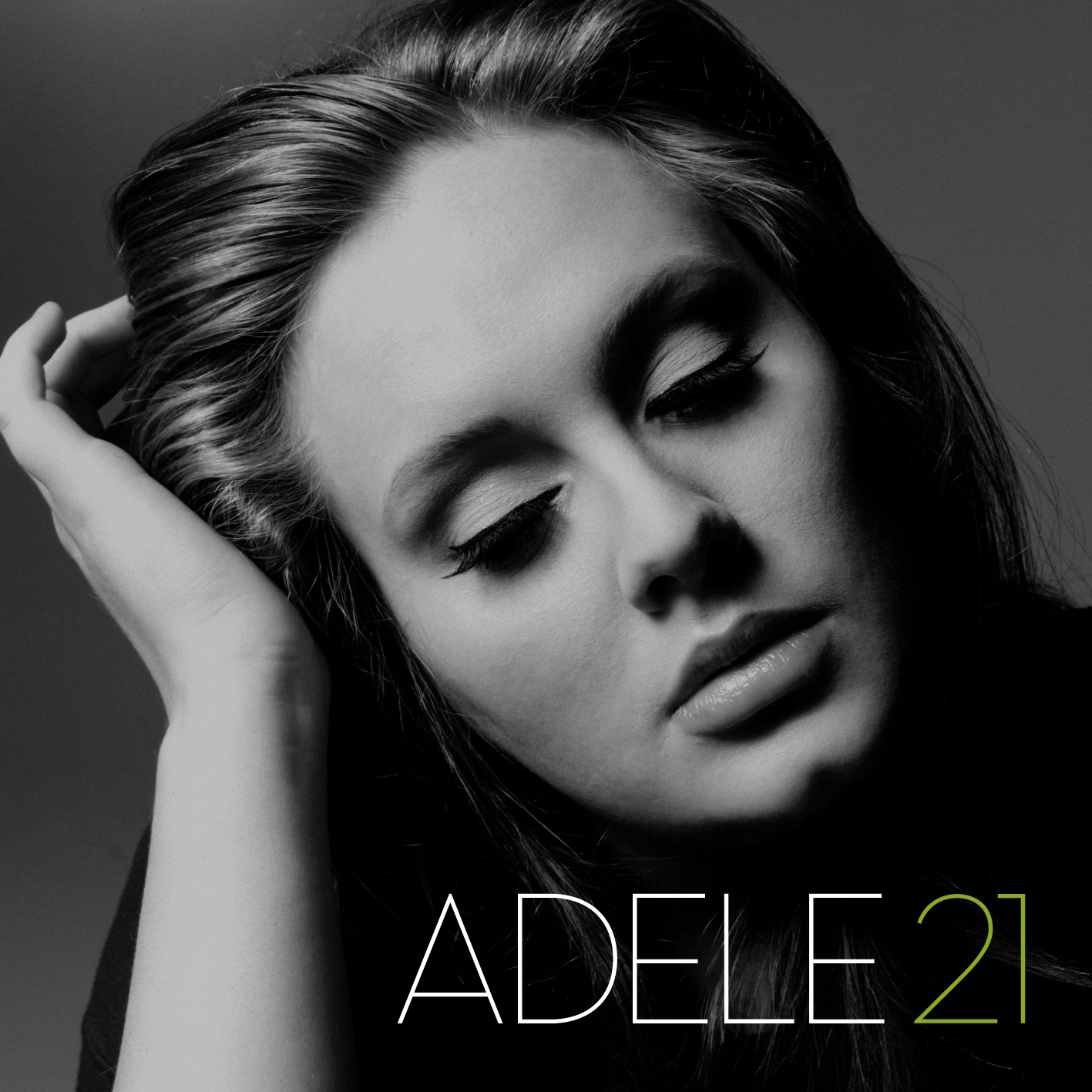We always knew she had the voice.
She had it in her first single, “Hometown Glory,” back in 2007 when European critics crowned her a new pop queen before she even released an album. When “19” came out the next year, the voice was enough to make a smash hit of the single “Chasing Pavements.” She presumably had it even before all that, when she was a student at the BRIT School for Performing Arts & Technology in London, just a few years behind Leona Lewis.
And now, with “21,” Adele has the songs to go with that voice.
Singers can be great for two reasons. They can be technically outstanding, like Lewis or Mariah Carey or Whitney Houston. Or, they can have character, that ineffable quality marked more by personality and emotional honesty than by hitting the high notes. Patti Smith has character; so do Thom Yorke and Tom Waits.
Adele bats for both teams. Her voice dances and plays through octaves, as natural in a whisper as it is in a belt; she sometimes emotes with brute force, sometimes with nuance. And it’s all in that mutable Cockney accent, such that she pronounces “love,” one of her favorite words, so it rhymes with “drove.”
On “19,” that voice was left making highlight plays on a mid-level team ““ so bland were some of the songs. The simplest and greatest improvement “21” makes is the realization that “serious” music, the kind sung by people who don’t need Auto-Tune, doesn’t have to be slow. Music can be raucous, triumphant and exhilarating, and when it is slow, it doesn’t have to be boring.
Adele doesn’t wait to share this revelation. A few seconds into “Rolling in the Deep,” Adele begins, “There’s a fire burning in my heart,” and soon after, a bass drum starts to thump with cardiac urgency. It’s the first single and a perfect ambassador for “21,” a foot-stomping torch of neo-soul.
The flames return a few minutes later; “Set Fire to the Rain” is outfitted with the kind of chorus that could incinerate anything in its path. It’s the most thrilling song on the album, and it’s the only one produced and co-written by Fraser T. Smith, who recently gave the same swelling, angelic treatment to the outstanding “Wildflower” on Cee Lo Green’s “The Lady Killer.”
The two albums also share Paul Epworth, who contributed to “Rolling in the Deep” and to two other upbeat pieces, “He Won’t Go” and “I’ll Be Waiting.” Adele worked with Ryan Tedder of OneRepublic and producer Rick Rubin as well, but she gets co-writing credit for every track but her cover of The Cure’s “Lovesong.”
She’s said that a single relationship inspired the whole of “21,” as was the case with “19”; they’re both named for the age at which she wrote the material. But even if her producers had composed every note and every word of the album, she would still have earned her image on the cover for the incredible fact of her singing.
If we went by how old she sounds, the album should probably be titled somewhere in the mid-40s. It’s not normal for a 21-year-old to have so much control over her emotions, much less her voice. Adele has the great sense and sophistication to know when to enunciate, when to bend her lyrics; when to speed up, when to slow down; when to sing it straight, and when to push her voice until it breaks.
She does the last of these in “Someone Like You,” the album’s grand finale, just Adele and a piano. When she was 19, she might have played it safe, but Adele is older now. She’s wise enough to know that, with such a strong and stunning voice, there’s no one like her.
E-mail Goodman at agoodman@media.ucla.edu.
